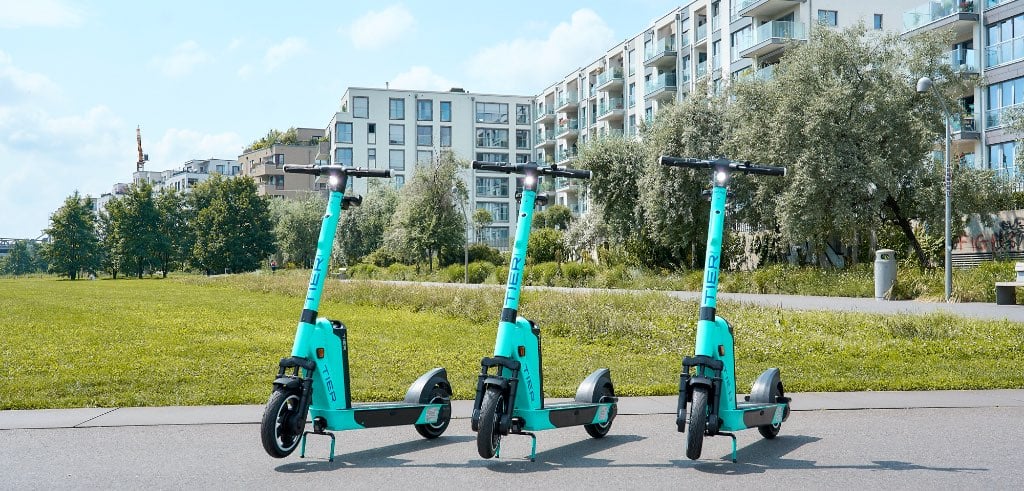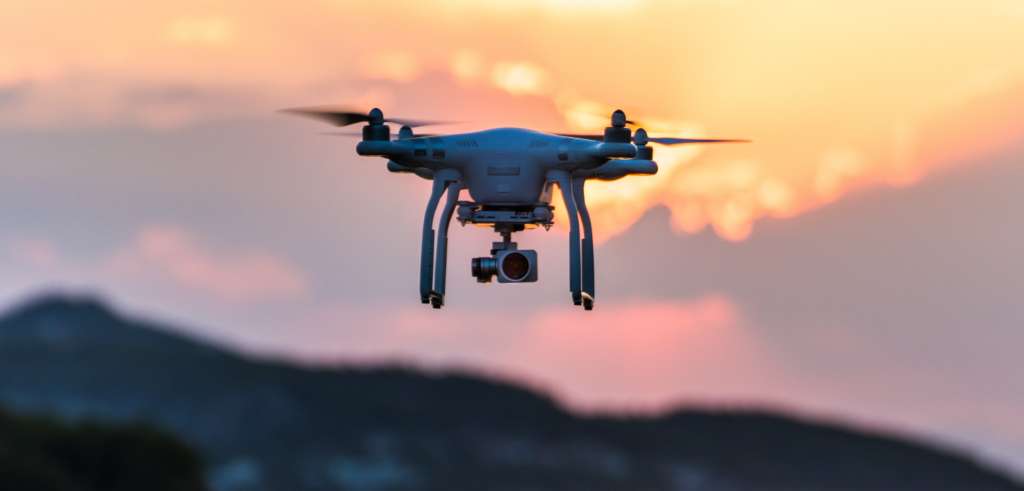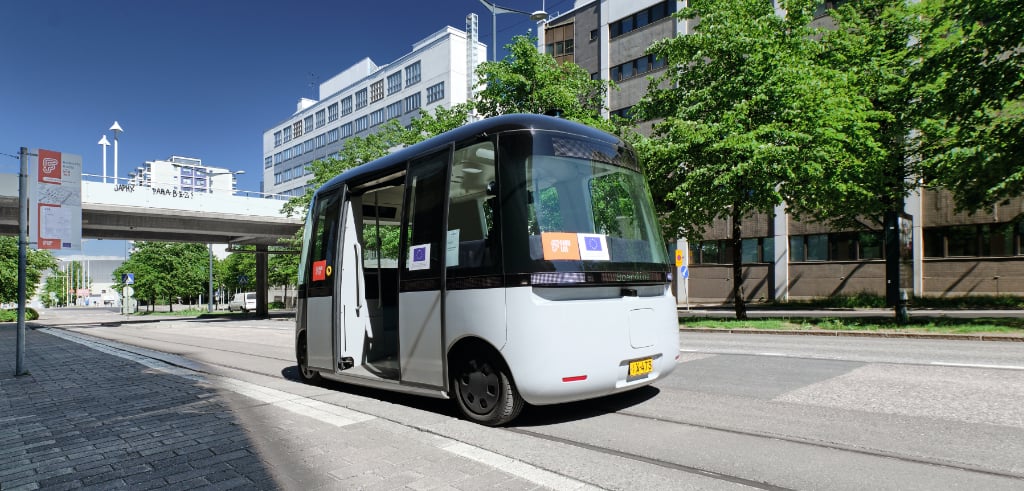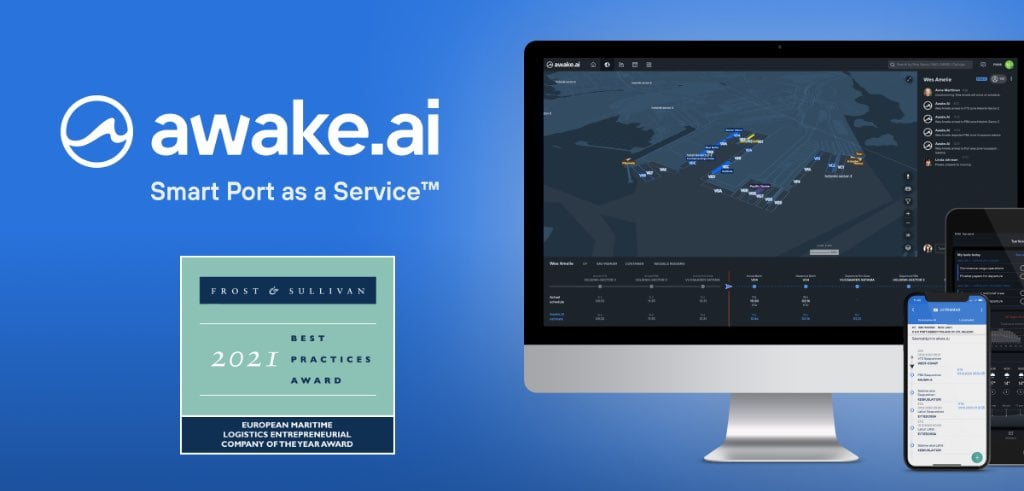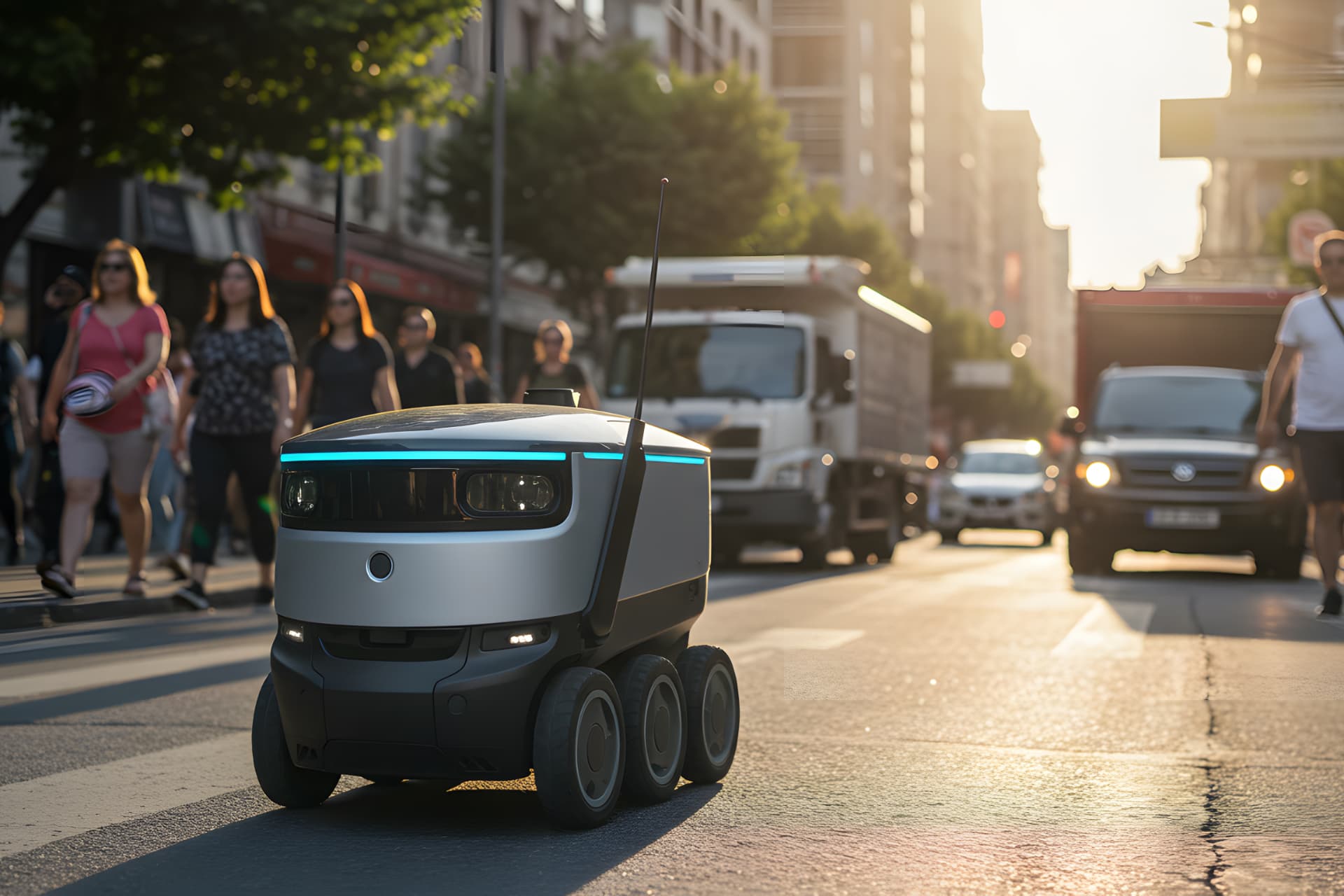
Whitepaper Safety Challenges of Autonomous Mobile Systems in Dynamic Unstructured Environments
Safety Challenges of Autonomous Mobile Systems in Dynamic Unstructured Environments: Situational awareness, decision-making, autonomous navigation, & human-machine interface
RAAS Research Alliance for Autonomous Systems released their White Paper in November 2020 about safety challenges of autonomous mobile systems in dynamic unstructured environments.
Future autonomous mobile machines will be capable of operating in often unstructured and dynamic environment in a safe and meaningful manner and simultaneously work towards given mission objectives without being extensively controlled by human operators. In order to do that an autonomous machine has not only to monitor its internal state but also sense, perceive, classify and model what is currently happening around it and even predict what will most likely happen in the near future. The requirement is the same be it a modern highly automated mobile working or transportation machine, an intelligent field and service robot or a next-generation oceangoing vessel. The current wide range of high-quality sensor systems available commercially-off-the-shelf together with well-matured multi-sensor fusion algorithms provide a solid foundation for that task. In addition, the machine should be connected to any available supportive infrastructure (e.g., localization services, dynamic maps, etc.) and have tight interactions with other autonomous mobile machines sharing the same operation space. Furthermore, the autonomous mobile machine should, at all times, in any condition, be fully aware of any human presence – intended or unintended. The safety of humans must be ensured at any cost.
This white paper discusses the challenges, state-of-the-art solutions and future directions on four horizontals; situational awareness, decision-making, autonomous navigation and human-machine interface and over four domains; road transport, machinery, UAV, and maritime. The paper gathers the work done in RAAS and presents views from the state-of-the art scientific and policy literature, and industry reports. The paper will give the reader a comprehensive understanding of the relevant techniques and their shortcoming and will thereby serve as a starting point for development that will take the sector forward.
Read the white paper on RAAS’s webpage.



